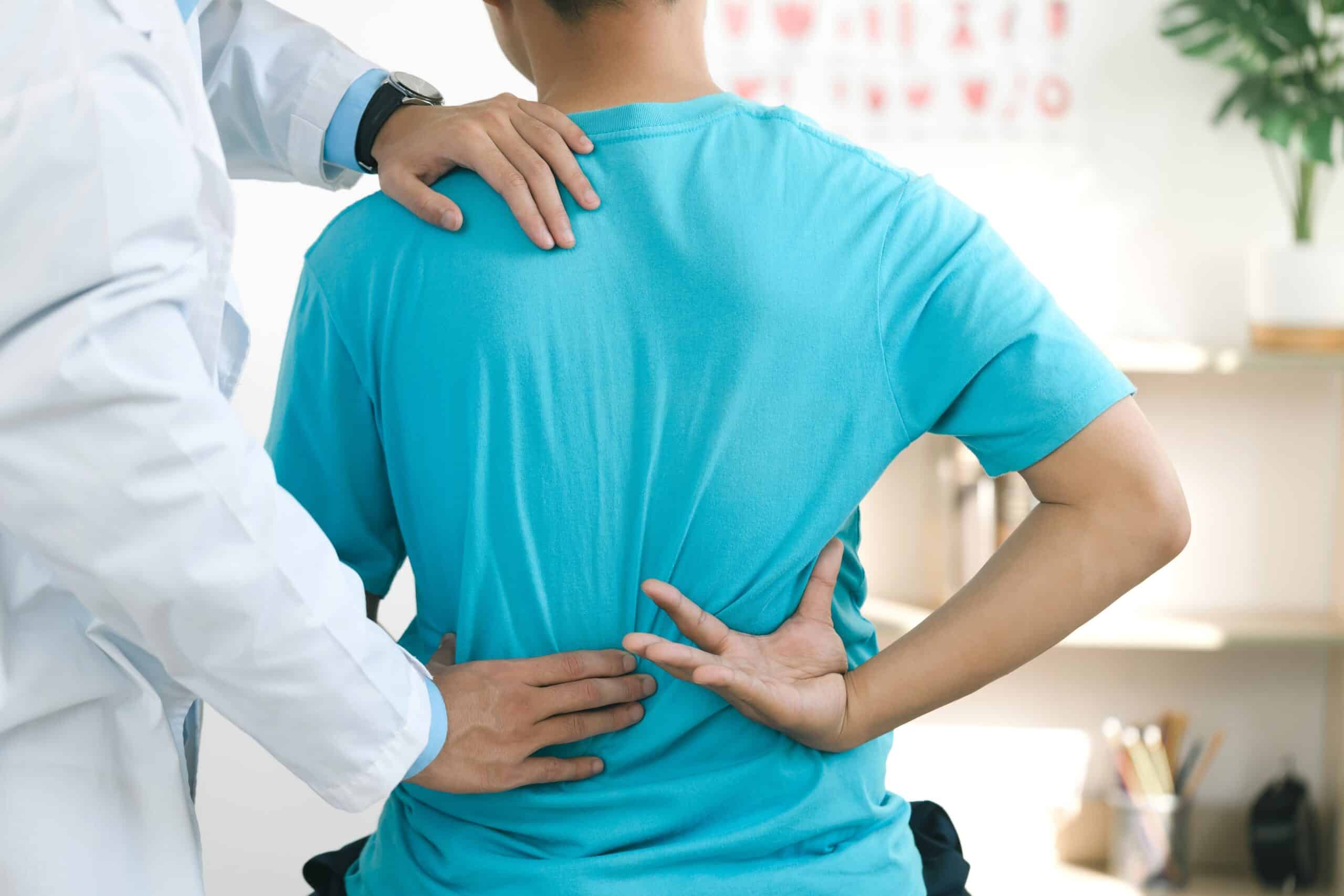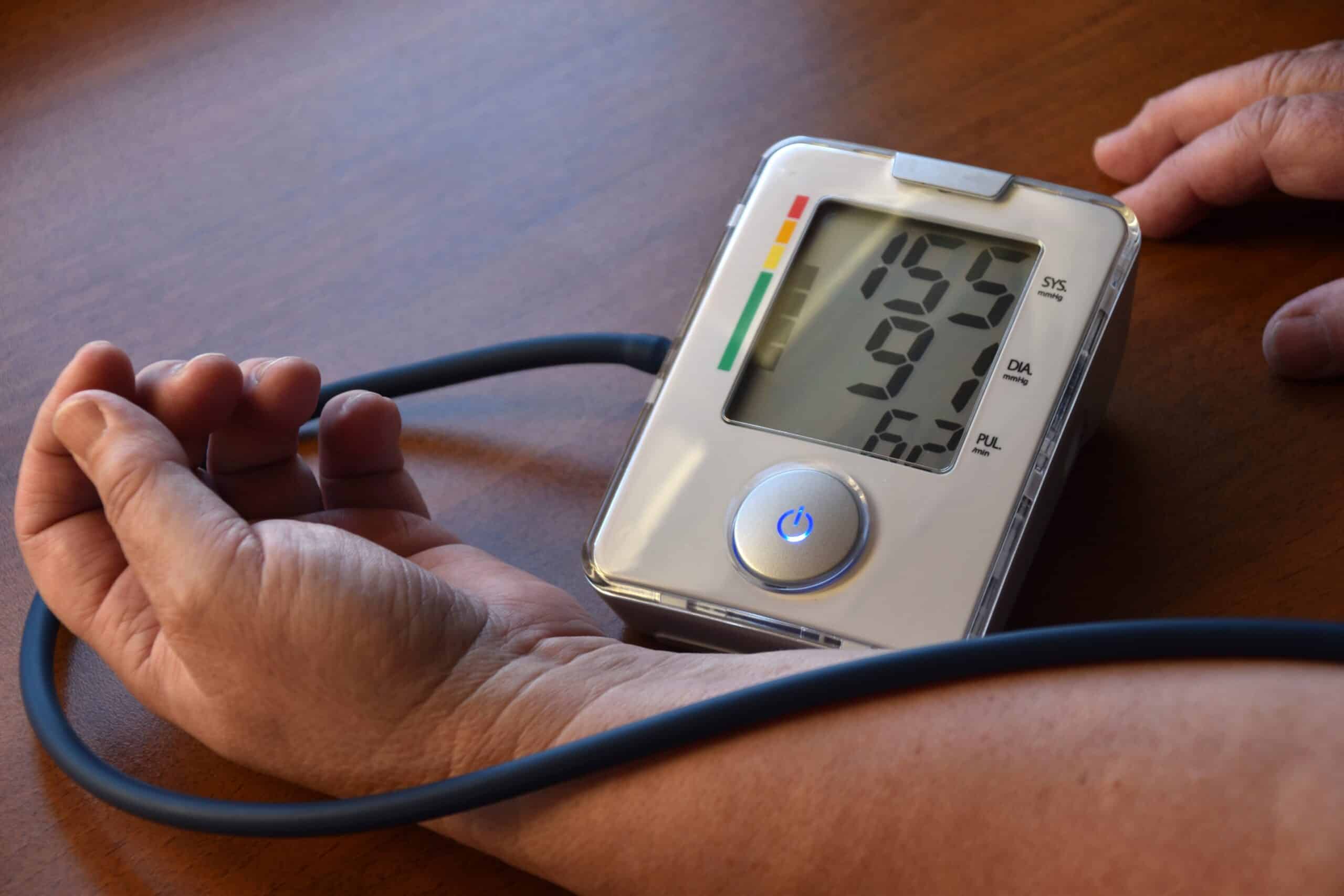India, with its diverse population and varied lifestyles, faces a unique set of orthopedic challenges. From the daily grind of office work to the physically demanding nature of traditional occupations, our bodies are constantly under stress. In this blog, we’ll first look at some statistics from research papers and then delve deeper into some of the most common orthopedic problems affecting Indians and how to address them.
Statistics on orthopedic problems in India
- Osteoarthritis: A study published in the Indian Journal of Orthopaedics highlights that osteoarthritis is prevalent among the elderly population in India, with a significant impact on their quality of life.
- Back Pain: Research indicates that nearly 60% of the Indian population experiences back pain at some point in their lives, making it one of the leading causes of disability.
- Fractures: Fractures due to accidents and falls are common, particularly among the younger population. Open fractures contribute to high morbidity rates.
- Rheumatoid Arthritis: Rheumatoid arthritis affects about 0.5-1% of the Indian population, with a higher prevalence among women.
- Osteoporosis: Osteoporosis is a significant concern, especially among postmenopausal women. Approximately 50 million people in India are estimated to be affected by osteoporosis.
- Shoulder Pain: Shoulder pain, often due to rotator cuff injuries, tendonitis, or bursitis, is common among Indians, particularly those involved in manual labor.
- Carpal Tunnel Syndrome: With the increasing use of computers and smartphones, carpal tunnel syndrome has become more prevalent, affecting around 2-3% of the population.
- Plantar Fasciitis: Plantar fasciitis, causing heel pain, is common among runners and those who spend prolonged periods on their feet, affecting about 10% of the population.
These statistics provide a snapshot of the common orthopedic problems in India and underscore the importance of early diagnosis and treatment to improve quality of life. For more detailed information, you can refer to the Indian Journal of Orthopaedics.
Common orthopedic problems faced in India
-
Back Pain: The Silent Sufferer
Back pain is a ubiquitous problem, especially among Indians who often spend long hours sitting at desks or working in fields. Poor posture, heavy lifting, and sedentary lifestyles contribute to this issue.
- Occupational Hazards: Many Indians, particularly those in rural areas, engage in physically demanding labor, including farming, construction, and manufacturing. These activities often involve repetitive bending, twisting, and lifting, putting immense strain on the back.
- Sedentary Lifestyle: Urban Indians, especially those working in IT and corporate sectors, often spend long hours sitting, leading to poor posture and back pain. Cities like Bengaluru, Pune, Hyderabad, Mumbai, and Delhi are seeing a rapid increase in such problems.Prevention and Treatment:
- Yoga and Meditation: Regular practice can improve posture, flexibility, and reduce stress.
- Ergonomic Workstations: Ensure your chair and desk are at the right height.
- Regular Exercise: Strength training and stretching can strengthen back muscles.
- Weight Management: Excess weight can strain the back.
- Physical Therapy: A physical therapist can provide specific exercises and modalities to alleviate pain and improve mobility.
-
Knee Problems: A Common Complaint
Knee pain is a common complaint, especially among the elderly and those who participate in sports like cricket and kabaddi.
- Cultural Practices: Squatting and kneeling, common Indian postures, especially among women in rural areas who spend significant time cooking, cleaning, and using traditional Indian toilets, can put excessive pressure on the knees.
- Obesity: Increasing rates of obesity, particularly in urban areas, can lead to knee joint stress.
- Occupational Hazards: Certain occupations, like construction work, involve significant knee stress.Prevention and Treatment:
- Weight Management: Excess weight can strain the knees.
- Supportive Footwear: Choose shoes with good arch support and cushioning.
- Knee Exercises: Strengthening exercises can reduce the risk of injury.
- Physical Therapy: A physical therapist can provide specific exercises and modalities to improve knee function.
-
Shoulder Pain: A Silent Menace
Shoulder pain can arise from various causes, including poor posture, repetitive strain injuries, and arthritis.
- Heavy Lifting: Many Indian women, especially in rural areas, carry heavy loads on their heads, leading to shoulder pain and stiffness.
- Repetitive Tasks: Occupations like tailoring, weaving, and construction, especially in urban areas, can lead to shoulder strain.Prevention and Treatment:
- Proper Lifting Techniques: Avoid lifting heavy objects with improper form.
- Regular Breaks: Take short breaks from repetitive tasks to rest your shoulders.
- Shoulder Exercises: Strengthen the shoulder muscles to improve stability.
- Physical Therapy: A physical therapist can provide specific exercises and modalities to reduce pain and improve function.
-
Neck Pain: The Modern-Day Scourge
With the increasing use of smartphones and computers, neck pain has become a common problem.
- Long Hours at Desk Jobs: Many Indians spend long hours working on computers, leading to poor posture and neck pain.
- Smartphone Addiction: Excessive use of smartphones can lead to text neck.Prevention and Treatment:
- Good Posture: Maintain a neutral neck position while using electronic devices.
- Regular Neck Stretches: Simple stretches can relieve tension.
- Ergonomic Setup: Ensure your workstation is ergonomically designed.
- Physical Therapy: A physical therapist can provide specific exercises and modalities to reduce pain and improve function.
-
Foot Problems: A Hidden Issue
Foot problems, such as flat feet and heel pain, can significantly impact daily activities.
- Traditional Footwear: Traditional footwear like chappals, especially in rural areas, can contribute to foot problems.
- Standing for Long Hours: Many occupations, particularly in the service industry, require prolonged standing, leading to foot pain.Prevention and Treatment:
- Proper Footwear: Choose well-fitting shoes with good arch support.
- Foot Exercises: Strengthen the muscles of the feet and ankles.
- Regular Foot Care: Keep your feet clean and dry.
- Custom Orthotics: In some cases, custom orthotics can provide support and alleviate pain.
- Physical Therapy: A physical therapist can provide specific exercises and modalities to improve foot function.
Remember, early diagnosis and treatment are key to preventing these problems from worsening. Consult an orthopedic specialist for accurate diagnosis and personalized treatment plans. By adopting preventive measures and seeking timely medical attention, you can alleviate pain and improve your quality of life.
At Shree Mahavir Jain Hospital, we pride ourselves on offering comprehensive orthopedic care that addresses a wide range of musculoskeletal conditions. Our team of nationally and internationally recognized orthopedic surgeons is dedicated to providing exceptional care through both surgical and non-surgical treatments. Whether you are dealing with orthopedic trauma, joint replacements, spine disorders, or sports injuries, our state-of-the-art facilities and innovative techniques ensure the best possible outcomes. We also specialize in rheumatology, orthopedic oncology, and arthroscopy, offering personalized treatment plans tailored to each patient’s needs. With a commitment to excellence and patient-centered care, Shree Mahavir Jain Hospital is your trusted partner in achieving optimal musculoskeletal health.
















